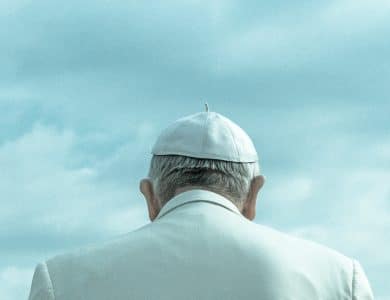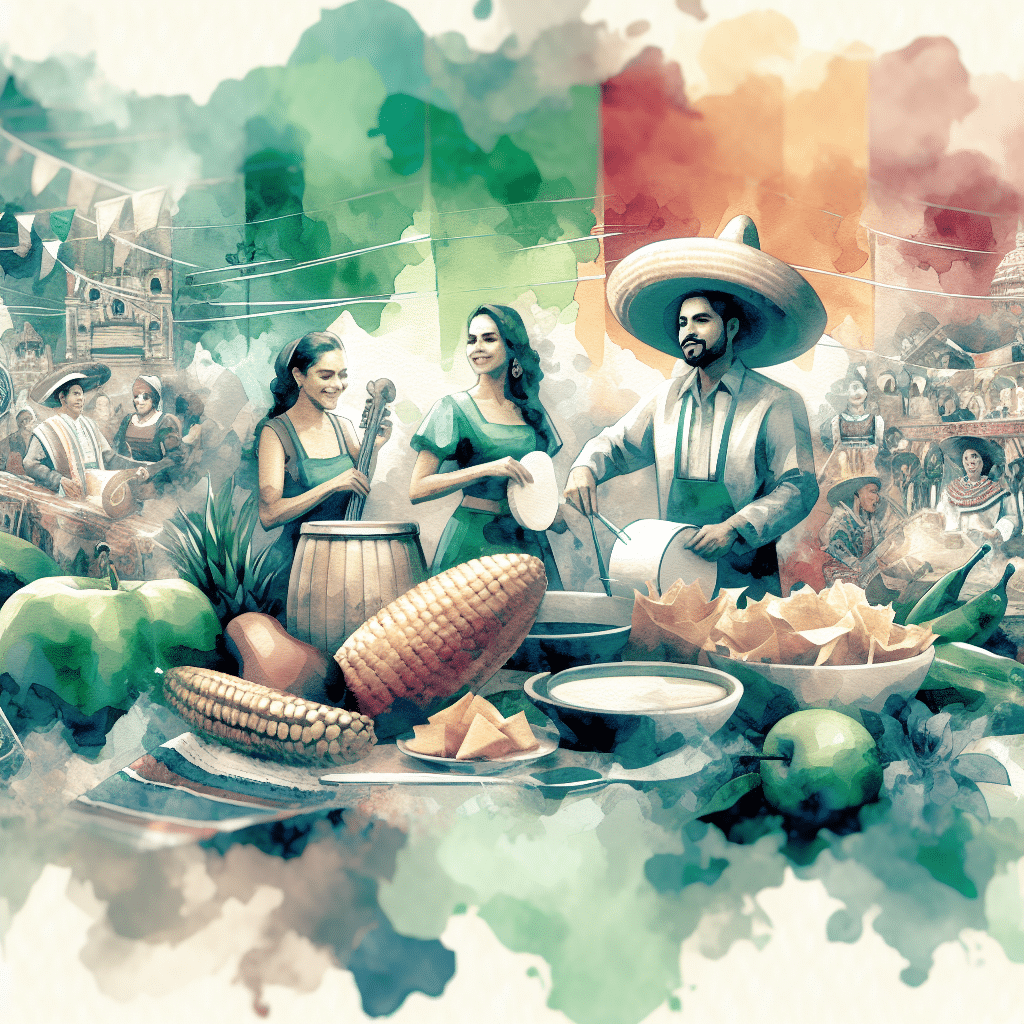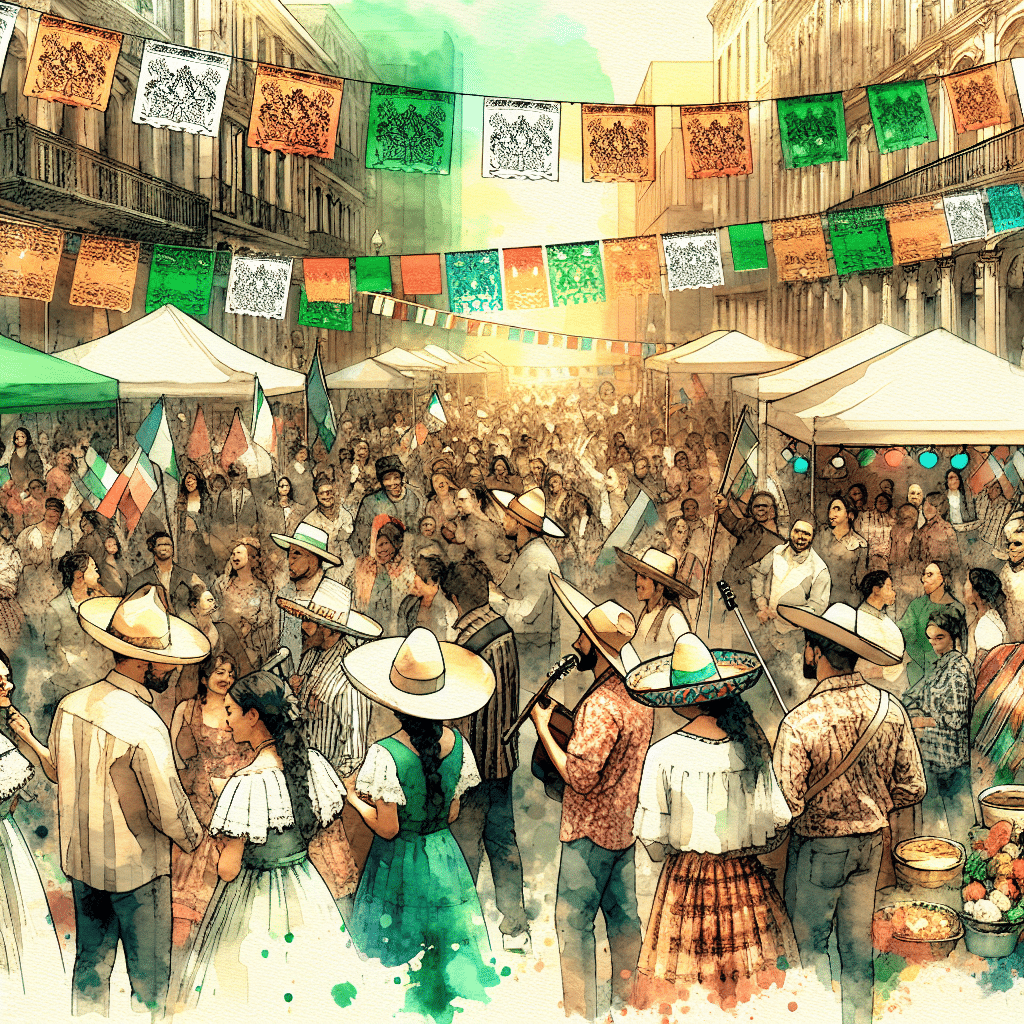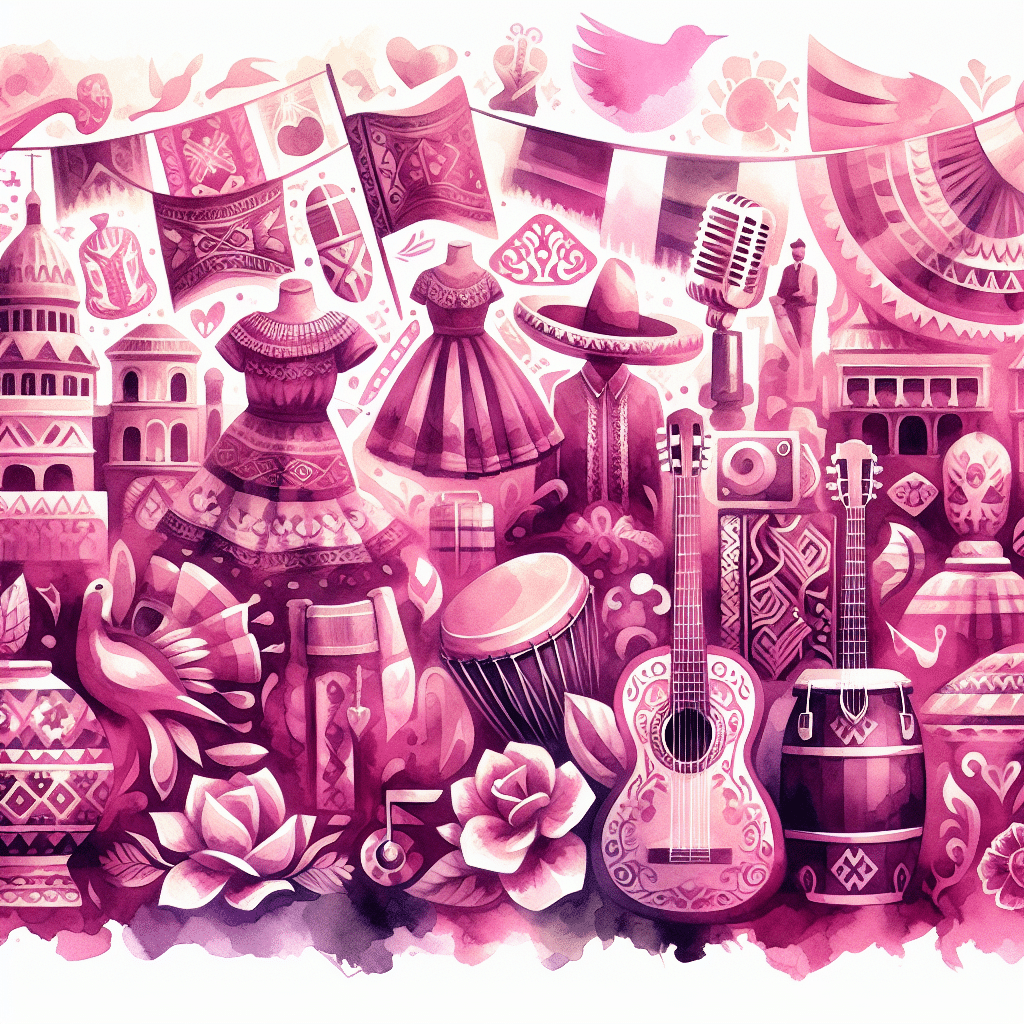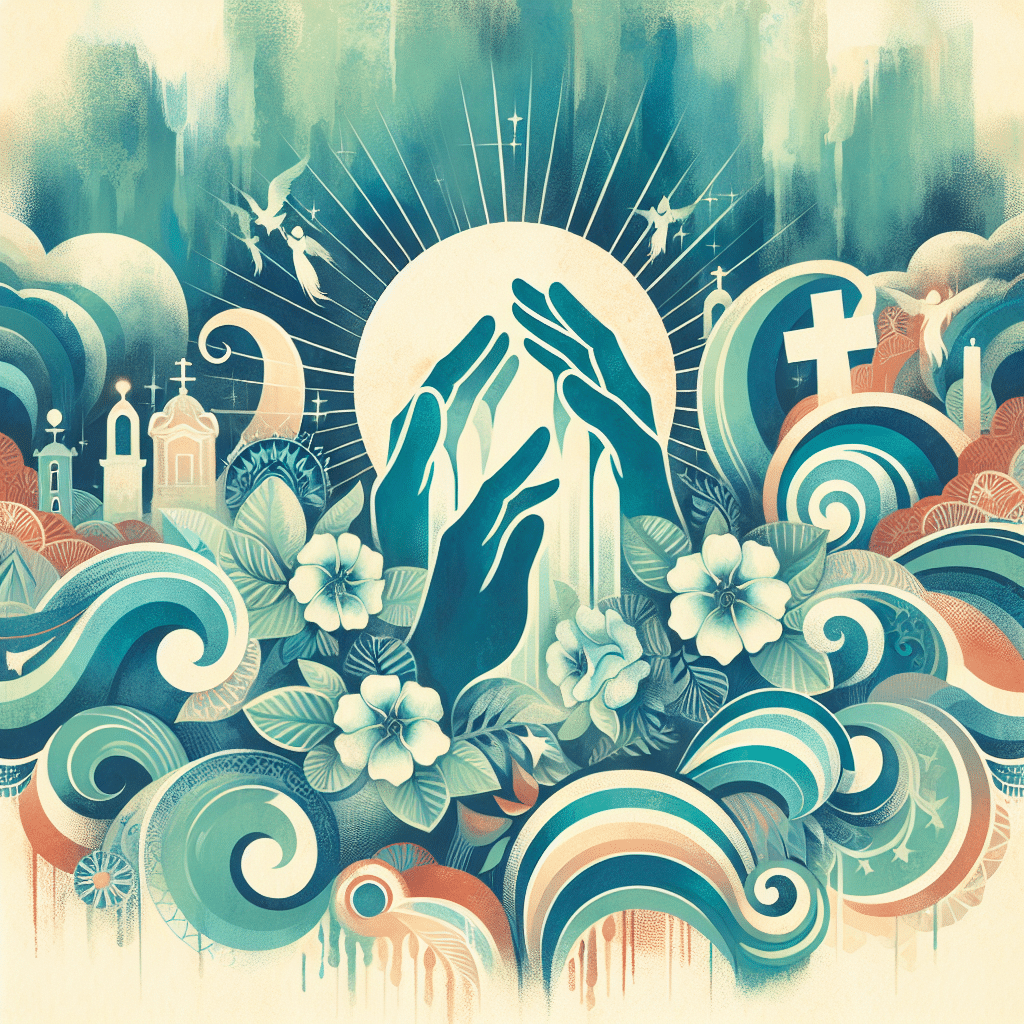
Ultimate Guide to Puerto Rican Festivals and Holidays
Puerto Rican Festivals and Holidays
Puerto Rican festivals and holidays are a lively mix of U.S. federal holidays, unique Commonwealth holidays, and a bunch of religious celebrations that show off the island’s rich cultural and religious heritage.
Public Holidays in Puerto Rico
Puerto Rico celebrates all official U.S. holidays, plus a few extra ones set by the Commonwealth government. Up until June 30, 2014, there were 19 public holidays in Puerto Rico. But after July 1, 2014, three holidays were combined into Día de los Próceres Puertorriqueños, bringing the total down to 17 (Wikipedia).
| Holiday | Date | Notes |
|---|---|---|
| New Year’s Day | January 1 | Federal holiday |
| Día de los Próceres Puertorriqueños | Third Monday of February | Honors famous Puerto Ricans |
| Good Friday | Varies | Commonwealth holiday |
| Epiphany | January 6 | Religious holiday |
| Independence Day | July 4 | Federal holiday |
| Labor Day | First Monday of September | Federal holiday |
| Thanksgiving Day | Fourth Thursday of November | Federal holiday |
| Christmas Day | December 25 | Federal holiday |
On public holidays, all Commonwealth government offices and many businesses close. For more on Puerto Rican holiday traditions, check out puerto rican festival traditions.
Religious Celebrations in Puerto Rico
Religious celebrations are a big deal in Puerto Rican culture, with Catholicism being the main religion. Each city and town has a patron saint celebrated with annual festivals and religious processions (FamilySearch). These celebrations, known as fiestas patronales in Puerto Rico, are a testament to the island’s deep-rooted religious traditions.
| Religious Celebration | Date | Notes |
|---|---|---|
| Epiphany (Three Kings Day) | January 6 | Major religious holiday |
| Twelfth Night | January 5 | Celebration before Epiphany |
| Domingo de Pascuas (Easter Sunday) | Varies | Key Catholic holiday |
| Fiestas de San Juan | June 24 | Honors St. John the Baptist |
| Día de Nochebuena (Christmas Eve) | December 24 | Celebrated with family gatherings and feasts |
| Día de las Máscaras en Hatillo | December 28 | Mixes religious and cultural festivities |
Epiphany, or Three Kings Day, is especially important and includes parades, gift-giving, and community gatherings. This celebration marks the end of the Christmas season and is a highlight of Puerto Rican religious festivities. For more on this, see puerto rican cultural celebrations.
Religion’s influence goes beyond Catholicism. With the arrival of the United States in 1898, Protestantism started to grow, and today, Puerto Rico has a small but vibrant Jewish community as well (Moon Travel). The mix of religious practices adds to the island’s rich cultural mosaic.
For more information on the impact of religion on Puerto Rican festivals, visit puerto rican fiestas patronales.
Christmas Traditions in Puerto Rico
When it comes to Puerto Rican celebrations, Christmas is a standout, stretching from November to mid-January. Let’s dive into how Puerto Ricans make this season unforgettable.
La Navidad Festivities
Puerto Ricans don’t just celebrate Christmas; they turn it into a grand festival starting right after Thanksgiving and lasting until mid-January. The festivities peak with the Fiestas de la Calle San Sebastián, or “la SanSe.” During this time, expect parrandas navideñas, Puerto Rico’s version of Christmas caroling. Groups surprise homes with lively music using instruments like panderos, maracas, and cuatros, encouraging everyone to join in and move the party to the next house.
| Activity | Description |
|---|---|
| Parrandas Navideñas | Surprise caroling with traditional instruments |
| Fiestas de la Calle San Sebastián | Music, food, and local art festival in mid-January |
Nochebuena vs. Christmas Day
For many Puerto Ricans, Christmas Eve, or Nochebuena, is the main event. Families gather for a big feast, exchange gifts, and often join parrandas or drive around to admire Christmas lights. Midnight mass, known as Misa de Gallo, is also a key tradition, celebrating the birth of Jesus.
| Day | Activities |
|---|---|
| Nochebuena (Christmas Eve) | Family dinner, gift exchange, parrandas, Misa de Gallo |
| Christmas Day | More relaxed, often spent at home with family |
Three Kings Day Celebration
Three Kings Day, or Fiesta de Los Reyes Magos, celebrated on January 6, is a big deal in Puerto Rico. This day marks the visit of the Wise Men to baby Jesus. Kids fill a box with fresh grass for the Wise Men’s camels and receive gifts in return. Popular celebrations include the Fiesta de Reyes Juanadina in Juana Díaz, attracting over 25,000 attendees, and the Fiesta de Reyes Isabelinos in Isabela.
| Event | Location | Description |
|---|---|---|
| Fiesta de Reyes Juanadina | Juana Díaz | Large festival with parades and gift-giving |
| Fiesta de Reyes Isabelinos | Isabela | Traditional celebration with community activities |
For more on these vibrant celebrations, check out our articles on Puerto Rican cultural celebrations and Puerto Rican festival traditions.
Traditional Puerto Rican Dances
Puerto Rican culture is a lively mix of music and dance, and you can’t talk about Puerto Rican religious celebrations without mentioning the traditional dances that light up these events. Two of the most famous dances are the Bomba and the Plena, each with its own story and meaning.
Bomba Dance Origins
The Bomba dance is a big deal in Puerto Rican culture, dating back to the late 17th century. It started with slaves working in the sugar cane fields who used it to vent their frustrations and emotions (FamilySearch). Think of it as the original “rage dance” but with way more rhythm and style.
Bomba is all about a back-and-forth between the dancers and the drummers. The dancers throw down moves, and the drummers answer with complex beats. It’s a lively, interactive show that needs both skill and a good vibe between the dancers and musicians.
| Element | Description |
|---|---|
| Origin | 17th century, by slaves in sugar cane fields |
| Key Feature | Call-and-response between dancers and drummers |
| Instruments | Drums, maracas, cuatros |
| Purpose | Expression of emotions and frustrations |
Want to know how this dance fits into the bigger picture of Puerto Rican cultural celebrations? Check out our extended articles.
Plena Dance Significance
Often seen as a traditional Christmas dance, the Plena started in Puerto Rico’s coastal areas as a way for the community to share their struggles (FamilySearch). If Bomba is about raw emotion, Plena is about telling the community’s stories and hardships, all set to a catchy 2/4 beat.
Plena is usually performed at festivals and features instruments like panderos, maracas, and guitars. The lyrics often serve as social commentary or a way to share news, making it a kind of “singing newspaper” for the community.
| Element | Description |
|---|---|
| Origin | Coastal regions of Puerto Rico |
| Key Feature | 2/4 time rhythm |
| Instruments | Panderos, maracas, guitars |
| Purpose | Social commentary, storytelling |
For more on the importance of this dance, especially during fiestas patronales, visit our detailed sections on Puerto Rican festival traditions.
Both Bomba and Plena are more than just dances; they are powerful cultural expressions passed down through generations. Whether you’re watching these dances at a festival parade or joining in a community celebration, their impact on Puerto Rican culture is clear.
Religious Influence in Puerto Rican Culture
Religion is a big deal in Puerto Rican culture, shaping traditions, festivals, and everyday life. With a rich history of religious practices, Puerto Rico offers a unique mix of Catholicism and other spiritual traditions.
Catholicism in Puerto Rico
Catholicism is the main religion in Puerto Rico, with about 75 to 85 percent of people identifying as Catholic or having strong Catholic ties (FamilySearch). Even though not everyone goes to church every Sunday, the Catholic Church still plays a huge role in Puerto Rican life.
Every town in Puerto Rico has a Catholic church at its center, and celebrating patron saints is a big event. These celebrations, known as fiestas patronales, feature religious processions, lively music, and community gatherings. Here’s a quick look at some key aspects of Catholicism’s influence:
| Aspect | Description |
|---|---|
| Population | 75-85% Catholic or strong Catholic ties |
| Church Attendance | Less frequent, but church influence remains strong |
| Patron Saints | Each town celebrates its patron saint with annual festivals |
| Key Celebrations | Epiphany, Twelfth Night, Domingo de Pascuas, Fiestas de San Juan, Día de Nochebuena, and Día de las Máscaras en Hatillo (Wikipedia) |
Mix of Religious Practices
Puerto Rican culture isn’t just one thing; it’s a blend of different religious practices. This mix shows up in the way Catholicism coexists with other spiritual traditions like espiritismo and Santería.
Espiritismo: This practice mixes Catholicism with Indigenous beliefs in nature spirits. People call on these spirits to bring about change in their lives (Moon Travel).
Santería: Brought by West Africans, Santería also blends in Catholic elements and worships multiple gods. It’s especially practiced by Puerto Ricans of African descent.
Protestantism: After the United States took over in 1898, Protestantism started growing. Today, all major Protestant sects are present, with Pentecostal fundamentalism becoming more popular in recent years. There’s also a small Jewish community on the island (Moon Travel).
| Religious Practice | Description |
|---|---|
| Espiritismo | Combines Catholicism with Indigenous beliefs in spirits |
| Santería | Blends Catholic elements and African deities |
| Protestantism | Grew after 1898, includes all major sects |
| Judaism | Small, yet significant community |
The colorful mix of Puerto Rican religious celebrations shows off this rich blend of beliefs. From the puerto rican fiestas patronales to the unique practices of espiritismo and Santería, the island’s spiritual life is diverse and lively. For more on the cultural celebrations, check out our article on puerto rican cultural celebrations.
Puerto Rican Sports Culture
Puerto Ricans and baseball? That’s a love story for the ages. This isn’t just a hobby; it’s a full-blown, year-round passion.
Baseball Fever
Baseball in Puerto Rico is as iconic as the island’s stunning beaches. Introduced by America and Cuba in 1897, it quickly became the island’s favorite pastime. Thanks to the warm climate, baseball is a year-round sport here, letting players hone their skills and fans enjoy games anytime.
Legends like Roberto Clemente and Carlos Beltran hail from Puerto Rico, adding to the sport’s allure. Clemente, in particular, is a national hero, celebrated not just for his incredible talent but also for his humanitarian efforts.
| Player | Achievements |
|---|---|
| Roberto Clemente | 3,000 hits, 12 Gold Gloves, Hall of Fame |
| Carlos Beltran | 9-time All-Star, 3 Gold Gloves, Rookie of the Year |
For more on how baseball fits into larger Puerto Rican cultural celebrations, check out our in-depth articles.
American Influence
The American influence on Puerto Rican sports culture goes beyond just baseball. When the United States arrived in Puerto Rico in 1898, they brought along their love for various sports and their Protestant religious practices. This has led to a unique blend of cultural and athletic traditions on the island.
Protestantism began to grow, with all major sects represented. Pentecostal fundamentalism has developed in recent decades, and there’s even a small Jewish community on the island. This blend of American and local influences has enriched Puerto Rican culture, making it a vibrant mix of old and new.
Other American sports like basketball and boxing have also gained popularity. However, baseball remains the king of sports in Puerto Rico. This influence isn’t just limited to sports; it extends to various fiestas patronales in Puerto Rico, blending seamlessly with local traditions.
For those interested in the rich tapestry of Puerto Rican sports and religious celebrations, you can delve deeper into our articles on puerto rican festival traditions and puerto rican festival highlights.
Puerto Rican Holiday Cuisine
Get ready to feast on Puerto Rican holiday cuisine! The festive season in Puerto Rico isn’t just a celebration; it’s a 45-day food fest!.
Classic Christmas Menu
Puerto Rican holiday food is a sensory delight, featuring local favorites that will make your taste buds salsa.
| Dish | Description |
|---|---|
| Pernil | Juicy, marinated roasted pork shoulder. |
| Arroz con Gandules | Savory rice with pigeon peas. |
| Pasteles | Tamale-like patties made with green banana and meat. |
| Tembleque | Coconut pudding topped with cinnamon. |
| Arroz con Dulce | Sweet rice pudding with coconut milk and spices. |
| Lechón Asado | Spit-roasted pork, often the star of the show. |
| Morcilla | Rice-stuffed blood sausages. |
| Potato Salad | Creamy side dish that’s a holiday staple. |
These dishes aren’t just food; they’re a celebration of Puerto Rican culture and tradition. For more on festive traditions, see our section on Puerto Rican cultural celebrations.
Traditional Holiday Drinks
No Puerto Rican holiday is complete without traditional drinks that bring festive cheer to every gathering.
| Drink | Description |
|---|---|
| Coquito | Thick, creamy coconut drink made with coconut milk, sweetened condensed milk, evaporated milk, rum, and spices. Served chilled in shot glasses, perfect for warm winter days. |
| Pitorro | Puerto Rican moonshine, often infused with fruits and spices. |
| Maví | Drink made from the bark of the ironwood tree, sweetened and fermented. |
Coquito is Puerto Rico’s answer to eggnog but with a tropical twist that makes you want to dance merengue. For more on holiday drinks and recipes, check out our section on Puerto Rican festival traditions.
By enjoying these culinary delights, you’re not just having a meal; you’re partaking in a rich tradition passed down through generations. So, grab a plate, a glass of coquito, and join the fiesta!
Vejigantes in Puerto Rican Culture
The lively and colorful world of vejigantes is a cornerstone of Puerto Rican cultural celebrations. These masked figures, with their flamboyant bat-like wings, inflated animal bladders, and masks adorned with three or more horns, are a sight to behold and a symbol of cultural identity, resilience, and resistance.
Vejigante Festivals: Ponce vs. Loíza
Puerto Rico boasts two distinctive vejigante styles, each tied to its own unique festival and cultural significance.
Ponce’s Carnival Vejigantes
In Ponce, the vejigantes are inseparable from the Carnival festival, which kicks off in early February. The Ponce-style vejigante masks feature long snouts and multiple horns, making them instantly recognizable. This particular celebration is a riot of colors and sounds, showcasing the island’s rich heritage and the ongoing battle of good over evil. The masks and costumes are a testament to the creative artistry and cultural pride of the region.
| Aspect | Ponce Vejigantes |
|---|---|
| Festival | Carnival |
| Timing | Early February |
| Symbolism | Good vs. Evil |
| Mask Features | Long snouts, multiple horns |
Loíza’s Feast of Santiago Vejigantes
Loíza’s vejigantes are equally captivating but are primarily linked to the Feast of Santiago in late July. These vejigantes represent the Muslim Moors in the Catholic Feast, symbolizing the perpetual struggle between good and evil. The festival in Loíza lasts for three days and is deeply rooted in the local population’s African heritage. It’s a cultural extravaganza that highlights the region’s unique traditions and history.
| Aspect | Loíza Vejigantes |
|---|---|
| Festival | Feast of Santiago |
| Timing | Late July |
| Symbolism | Good vs. Evil |
| Mask Features | Large number of horns |
More information about these distinct festivals can be found in our article on puerto rican festival traditions.
Vejigante Mask Artisans
The art of creating vejigante masks is a revered craft in Puerto Rico, with several artisans dedicated to preserving and enhancing this tradition.
Raúl Ayala from Loíza
Raúl Ayala is a renowned authority on traditional Loíza-style vejigante masks. Known for their intricate beauty, construction, and design, these masks often feature a large number of horns. Ayala’s family is deeply committed to maintaining the dance, music, and mask-making traditions of the region (Taller Puertorriqueño). His work ensures that the cultural heritage of Loíza continues to thrive.
Miguel Caraballo from Ponce
Miguel Caraballo is a master and teacher in the art of Ponce-style vejigante mask-making. With a focus on the traditional careta construction, Caraballo revived the mask-making tradition in the 1970s and 80s when it was threatened by the rise of latex and plastic masks (Taller Puertorriqueño). His dedication has kept the vibrant culture of Ponce’s vejigantes alive.
Danny Torres
Danny Torres, an artist known for his paintings and murals, portrays the vejigante as a “freedom fighter.” His work reflects the political aspirations for an independent Puerto Rico and embodies the culture’s African and indigenous roots, highlighting the will for survival.
For more insights on the cultural significance of vejigantes and their role in Puerto Rican fiestas patronales, visit our detailed articles on puerto rican festival costumes and puerto rican festival highlights.
Popular Puerto Rican Festivals
Puerto Rico is famous for its lively and colorful festivals, deeply rooted in its cultural and religious traditions. Two of the most popular and extravagant ones are the Festival de la Novilla in San Sebastián and the Carnaval Ponceño in Ponce. Let’s see what makes these festivals a must-see.
Festival de la Novilla in San Sebastián
The Festival de la Novilla, held in San Sebastián, celebrates Puerto Rico’s agricultural history. But don’t think it’s just about cows and farming; it’s a full-blown party that raises funds for local scholarships while bringing the community together in a uniquely Puerto Rican way.
The highlight of this festival is the parade featuring a cow wearing a crown of flowers leading floats that depict rural country life. This bovine beauty queen is accompanied by artisans, live bands, food vendors selling mouth-watering fried goodies, and amusement park rides. It’s like a state fair but with way more salsa and passion.
| Event | Description |
|---|---|
| Parade | Cow with a flower crown, floats, live bands |
| Vendors | Fried food, artisans |
| Attractions | Amusement park rides |
For more insights into these lively celebrations, check out our section on Puerto Rican festival traditions.
Carnaval Ponceño in Ponce
Move over, Mardi Gras, because Carnaval Ponceño is here to steal the show. Held in the southern city of Ponce, this weeklong festival is Puerto Rico’s answer to the famous New Orleans celebration. Often called Puerto Rico’s version of Mardi Gras, this carnival is packed with colorful parades, vejigantes in their iconic masks and costumes, a masquerade ball, and the traditional Burial of the Sardine, marking the beginning of Lent (VAX Vacation Access).
The vejigantes play a crucial role in the festival. These masked characters, often sporting long snouts and multiple horns, are a sight to behold. The Ponce-style careta, a traditional mask-making art, was revived by Miguel Caraballo, a master in this craft. These masks are not just for show; they symbolize the ongoing battle of good over evil.
| Event | Description |
|---|---|
| Parades | Colorful floats, vejigantes |
| Activities | Masquerade ball, Burial of the Sardine |
| Masks | Ponce-style careta |
Learn more about the fascinating Puerto Rican festival history and the significance of these events.
These festivals are just a glimpse into the rich tapestry of Puerto Rican cultural celebrations. Whether it’s the agricultural charm of San Sebastián or the vibrant chaos of Ponce, these events capture the essence of Puerto Rican spirit and tradition.

